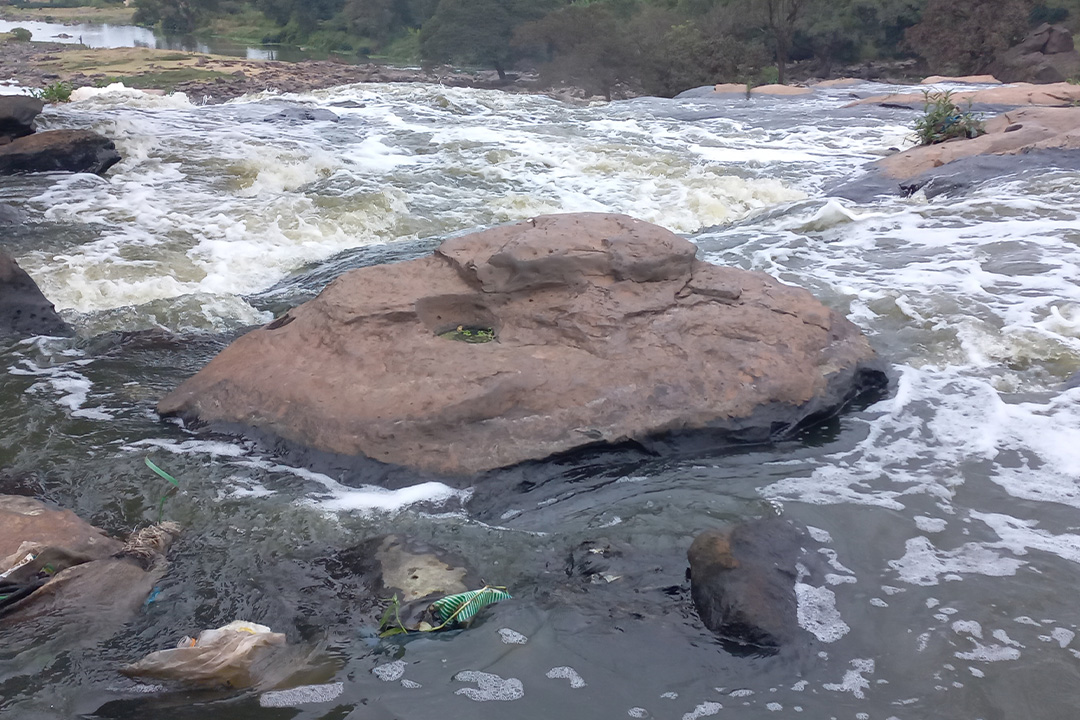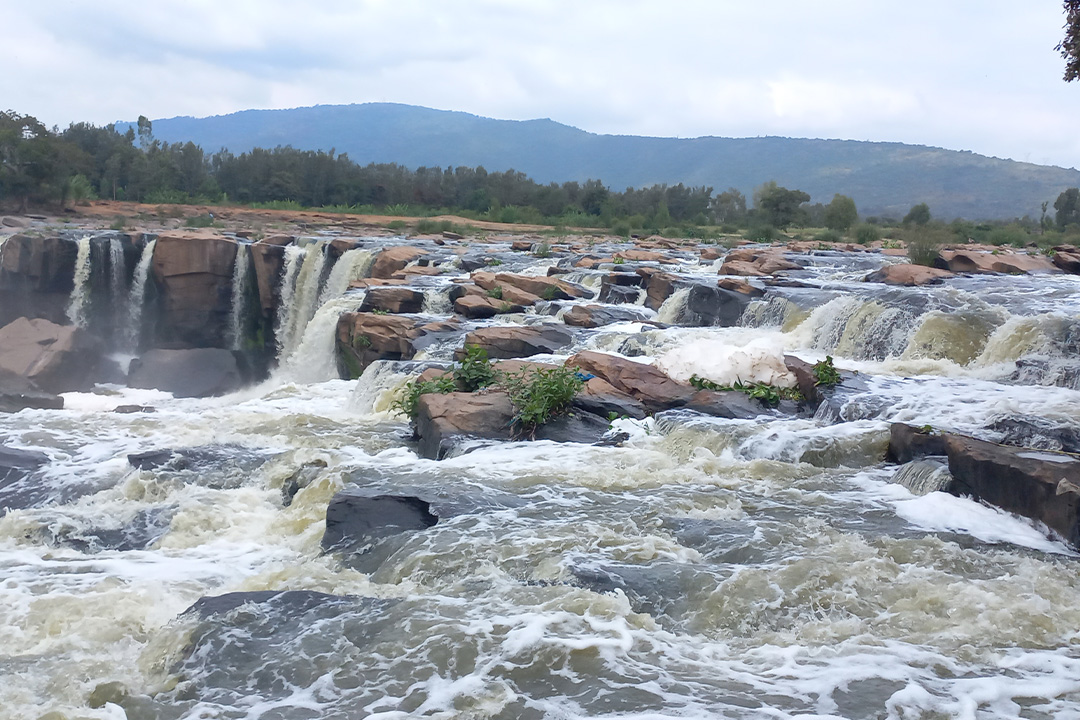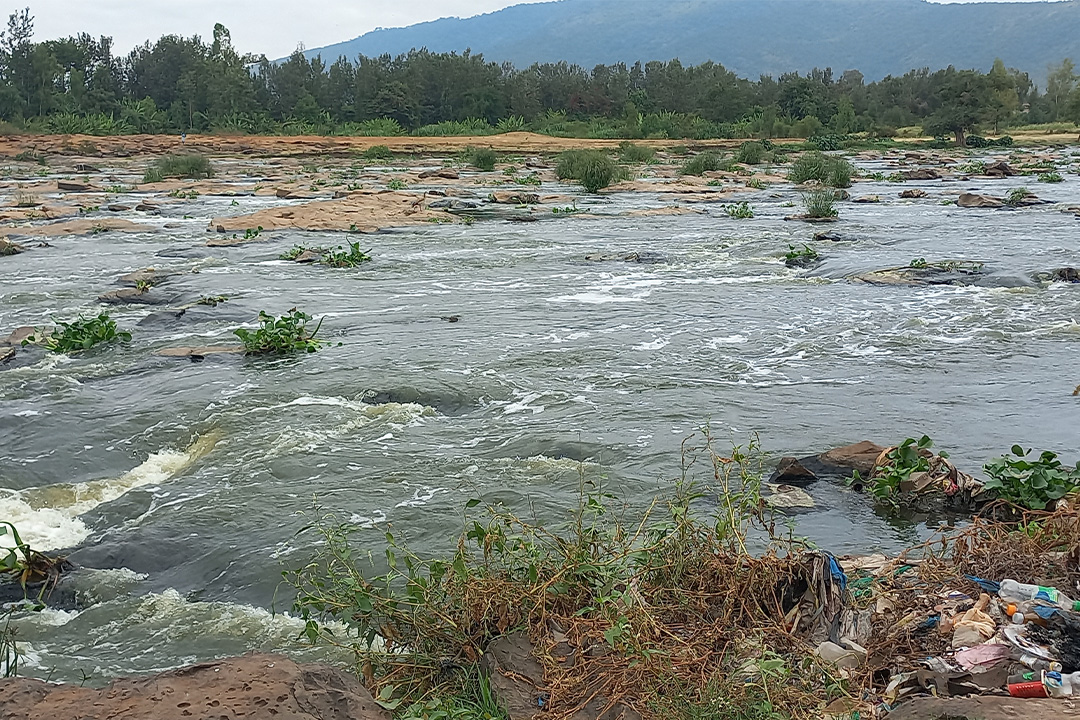The scenery is breathtaking from afar but once you get closer several issues become apparent. The foul smell of sewage strikes you squarely and the water is littered with all types of rubbish from plastic paper bags to shoes and bottles. The magnificent spectacle of fourteen falls has turned into a display area of impurities dumped into the river upstream.
{source}<iframe width="100%" height="516" src="https://www.youtube.com/embed/MTlXHhwTAYY" title="YouTube video player" frameborder="0" allow="accelerometer; autoplay; clipboard-write; encrypted-media; gyroscope; picture-in-picture; web-share" allowfullscreen></iframe>{/source}
In the past, before the river started being adversely affected by pollution, it was a primary venue for tourism and sight-seeing due to its close proximity to the capital Nairobi. The area was frequently used for occasions such as cultural ceremonies and weddings. In the present day, the number of visitors has drastically reduced due to the poor state of the falls.

The ripple effect of this leads to less revenue for the local community which had tailored its economic ecosystem around catering for athletes through providing services such as guided tours, boat rides and selling memorabilia and foodstuff. They also use the water for irrigation, which these days is difficult as it is toxic. In the past people used to dive from the falls and swim in the area but that stopped due to the risk of contracting skin ailments.
The genesis of the problem lies in Athi River’s tributaries which include Nairobi River, Mbagathi River, Ndarugo River and Stony Athi River. Some of these sources pass through heavily populated areas such as Nairobi and Thika. A lot of waste and pollution from both domestic sources as well as industries, is dumped into these tributaries and by the time they join and proceed towards the falls, the water is laden with all types of toxins and chemicals.

The long-term solutions to this include creating more waste management facilities and initiating river clean ups. Successive government regimes both at county and national level have visited the area and pledged to initiate the cleanup, especially at the Nairobi River as it passes through Nairobi’s Central Business District and gathers up a large amount of waste. However, little has been done and no tangible results can be observed.
If there is no concerted effort to be more proactive about preventing pollution of these falls, then at some point they will no longer be habitable for the surrounding communities and visitors alike. It’s a great shame that future generations may possibly never see the beauty of the Fourteen Falls in its initial purity and innocence.


